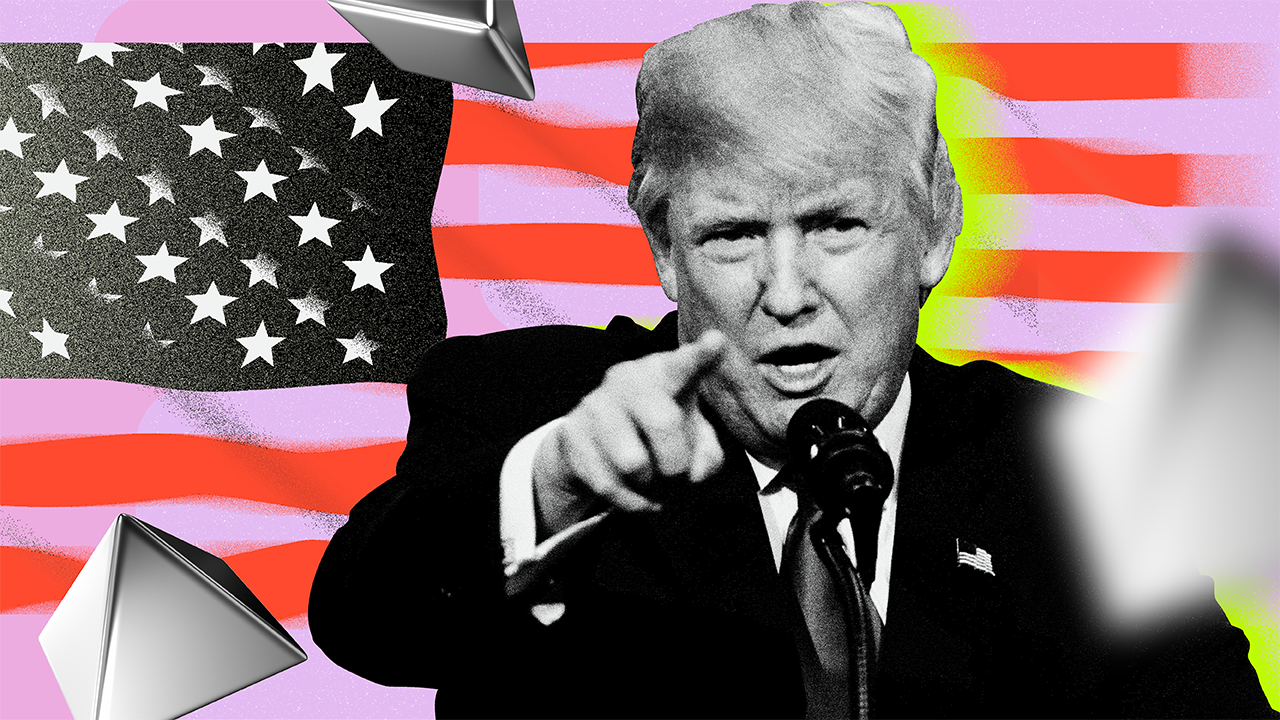The Trump International Hotel and Tower in Dubai will accept Bitcoin and other unspecified cryptoassets for real estate purchases. The project won’t be completed for five years, so details are somewhat sparse.
Although the Tower will include a hotel and clubhouse for tourists and temporary guests, crypto payments are only available for condo acquisitions. Permanent occupancy units will sell for between $1 million and $20 million each.
Trump’s Dubai Project Mixes Crypto and Real Estate
According to a report from The National, Eric Trump is apparently his family’s main representative in this plan. The Trump Organization is building the Trump International Hotel and Tower in Dubai, and Eric is its executive vice president.
He gave several comments describing the plan to accept crypto payments:
“[The Tower] is going to be the first truly large-scale project that accepts Bitcoin, that accepts cryptocurrency to purchase units, and that’s really exciting for me, because I love that world and I am deeply invested in that world. I believe in cryptocurrency. When I can see two worlds that I truly love come together, it’s very exciting,” Eric Trump claimed.
Trump name-dropped Bitcoin as an asset that enables these purchases, but he didn’t describe any other specific tokens. To be clear, the Tower will contain both a hotel and condominiums for permanent occupancy; only the latter can pay with crypto.
There is no apparent plan to employ tokenized real estate strategies either. Crypto will purely be used as a payment option.
The Trump family is partnering with Dar Global, a London-listed company, to launch this $1 billion Dubai development project. Its two penthouses will have a $20 million asking price, while other condos will go for between $1 and $1.2 million.
If everything goes according to plan, the Tower will open its doors in five years.
Eric Trump is an influential member of his family’s crypto enterprises thanks to his involvement with WLFI. He also sits on Metaplanet’s Advisory Board, further lending credence to his interest in crypto.
Eric Trump is also set to appear at Token2049 in Dubai, which could give him another opportunity to advertise the project to potential buyers.
Dubai is an attractive destination for the Trump International Hotel and Tower because it has a booming real estate market and a growing crypto hub.
Since construction is still in its early stages, details about the project are relatively sparse, but it enjoys several solid fundamentals. Its success could be a valuable proof of concept for real estate developments worldwide.
The post Trump’s $1 Billion Dubai Real Estate Project Will Accept Crypto Payments appeared first on BeInCrypto.




